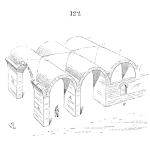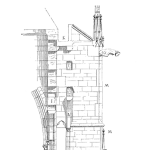
OSHA is asking stakeholders to identify hazardous chemicals they believe are most in need of action.
Why?
“OSHA realizes the inadequacy of many of its Permissible Exposure Limits (PELs) and is seeking creative solutions, both long term and short term, to address this inadequacy.”
For the benefit of the readers of the blog, I would appreciate if you leave a comment below to indicate what chemicals are of immediate concern. You can submit your nominations to OSHA here by 27th August:











